
The Mission of the Cougar Mountain Zoo and Zoological Society of Washington,
a non-profit, tax-exempt, charitable 501(c)3 organization,
is to increase the understanding and appreciation of the Earth’s irreplaceable wildlife and
the role of humanity in nature through education, conservation, propagation and exhibition.
Established 1972
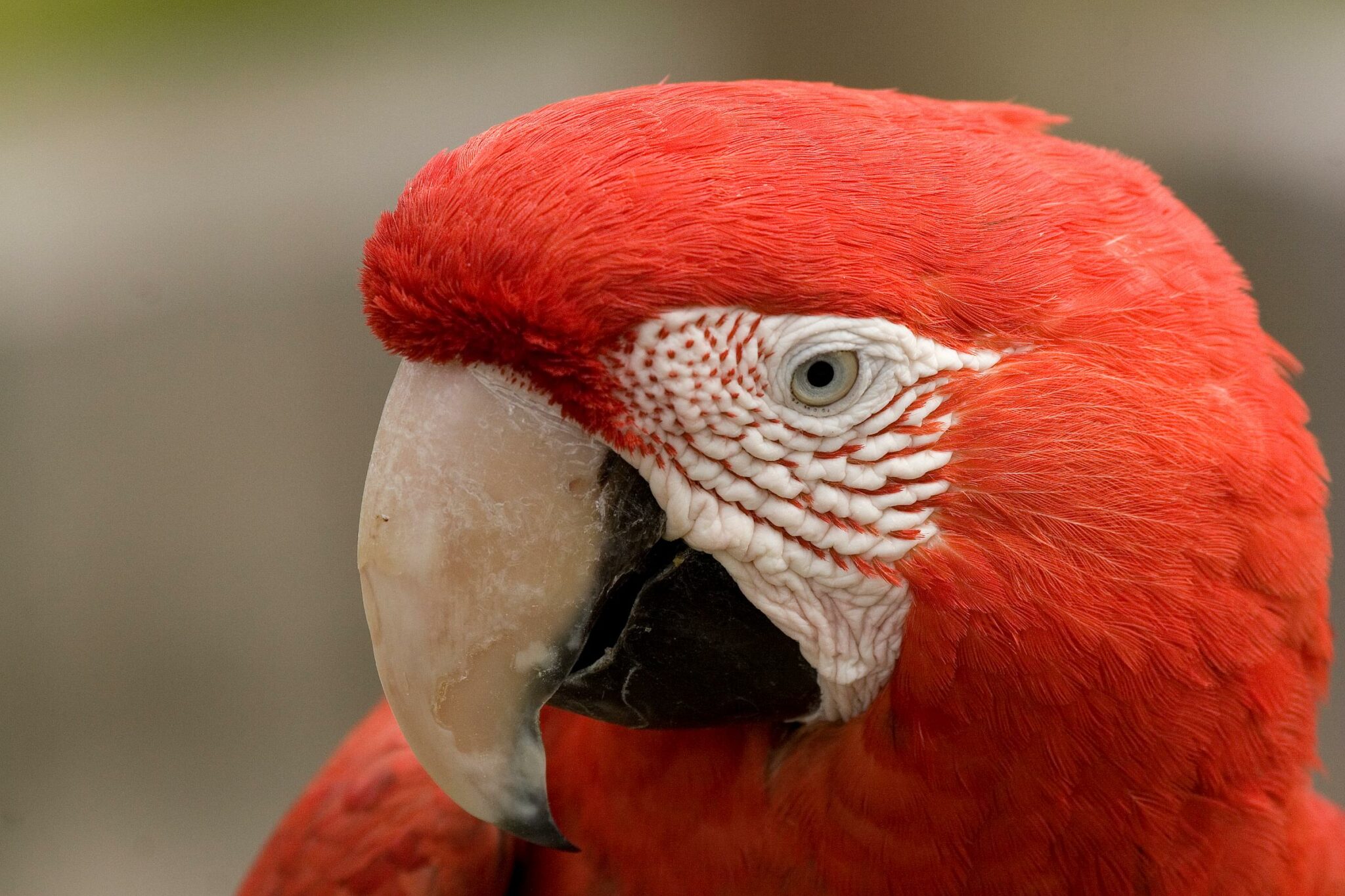
Upcoming Events:
Woo at the Zoo- February
Cougar Mountain Zoo is a proud member of ZAA

Editorial Desk
The Zoo Journal is published periodically by Cougar Mountain Zoo and the Zoological Society of Washington.
Zoo Information:
General Information:
(425) 391-5508
info@cougarmountainzoo.org
Education:
(425) 392-6278
education@cougarmountainzoo.org
Development:
(425) 557-9330
ADMIN@COUGARMOUNTAINZOO.ORG
Cougar Mountain Zoo
19525 S.E. 54th Street
Issaquah, WA 98027
Amazon Zoo Wish List:
Your donations are tax-deductible and may also be eligible for employer matching gift programs.
* Big Cat & Bird Toys are destroyed daily.
* New Brooms & Garden Tools are always put to good use.
The living Classroom Education Program
This unique, one-of-a-kind program is funded by the Zoological Society of Washington and operated here at Cougar Mountain Zoo.
Designed for Preschools, School Grades K through 12 and other Child or Youth oriented entities, this program allows qualifying participants to receive a great subsidized value on guided group tours and outreach presentations.
To become a Living Classroom Education Program Participant, contact the Zoo Education Department.

From outdoor recreation and historic charm, to marquee events and natural wonder, Issaquah is a destination where people, places, and experiences align to welcome, surprise, and inspire.
Think outside the city, Visit Issaquah!

The Gift that Gives for a Year!
Zoo Membership
The most economical way to benefit yourself,
enjoy the Zoo and help your Zoo grow
The most unique in the world
Sloths:
In order to survive on the buds, leaves and twigs that they eat, sloths (suborder Folivora) are not really lazy, but simply not in any hurry to move quickly due to their very slow metabolism. A sloth’s metabolism is so slow that it can take a week or more for them to digest their food. And they spend between 15 and 20 hours per day sleeping.
Sloths do not have much control over their body temperature which also allows them to conserve energy. Unfortunately, this means that if a sloth remains cold enough for too long, the special microbes living in their stomachs that help them digest their food will die and the sloth will slowly starve to death.
Living exclusively in the tropical rainforests of Central and South America, sloths spend the majority of their lives hanging upside down in trees. Almost helpless on the ground, they are surprisingly good swimmers due to their very long arms. Sloths are solitary, aggressive towards others of the same sex and generally nocturnal.
Thanks to specialized tendons in their hands and feet which are capable of locking in place, sloths are able to hang from a tree branch for long periods of time. Once these tendons are locked, a sloth can sleep peacefully while hanging without fear of falling. But if they do happen to lose their grip, thanks to very thick skin, sloths are tough enough to fall over 100 feet without being injured. It is estimated that on average, each sloth falls out of a tree about once a week.
There are only six surviving species of sloths divided into four species of three-toed sloths (family Bradypodidae,genus Bradypus) and two species of two-toed sloths (family Megalonychidae, genus Choloepus). Two-toed sloths are slightly larger than their three-toed cousins.
Even though sloths are very common in some areas their coloration can make them very difficult to spot. The thick shaggy long outer layer of grayish or brown hair covers a short dense coat of underfur. During the rainy season especially, the algae and fungi that lives and grows in the outer hairs gives sloths a leafy green tinge.
Snow Leopards:
Often referred to as the “ghost of the mountains” because their thick white-gray coat spotted with large black rosettes renders them almost invisible, snow leopards (Panthera uncia) have the ability to survive in some of the harshest conditions on Earth. Their habit range extends across the steep and rocky high mountains of 12 countries across Asia.
Although snow leopards are stocky, short-legged and slightly smaller than other cats of the genus Panthera, they are to able to scale the steep mountain slopes where they live with ease due to their powerful build. Snow leopards have the ability to leap six times the length of it’s body. The proportionally long, flexible tail provides balance and enables agility as the cat moves through the rough terrain.
The tail is very thick due to fat storage and covered in a dense layer of fur. So snow leopards wrap their tail around their body and face like a blanket as protection from the cold when asleep. Other adaptations for living in the cold, mountainous environments includes small rounded ears to minimize heat loss, broad paws that distribute body weight for walking on snow, and large nasal openings to warm and humidify the cold dry air. Those large nasal openings also allow the snow leopard to take in a larger quantity of air at high altitudes where there is minimal oxygen to breathe.
Superb Lyrebird:
Lyrebird (Menura novaehollandiae) is one of the world’s largest songbirds and is native to the woodlands and forests of southeastern Australia. Eight pairs of extremely long ornate feathers make up the tail of male superb lyrebirds. During courtship displays, the male erects these tail feathers so that they come up over his body and head and also extend out to each side. The shape of those tail feathers when positioned like this is said to resemble the stringed musical instrument the lyre, hence the common name, lyrebird.
In addition to those beautiful tail feathers, male superb lyrebirds are also known for their sophisticated voice skills including the ability to perfectly mimic not only the sounds and songs made by other birds, but also sounds made by other animals, insects and even mechanical sounds. So the male superb lyrebird’s elaborate courtship displays include prancing in rhythm to his unique song with his tail feathers fully erect in the hope of attracting a female.
Using their strong toes, superb lyrebirds search for food by scratching vigorously in the soil and leaf litter for earthworms and insects. Since they are not strong fliers, superb lyrebirds spend most of their day on the ground, making their way into a tree at night to roost. They will typically only fly if they feel threatened but instead prefer to run quickly through the undergrowth away from a predator, while emitting a loud alarm call.
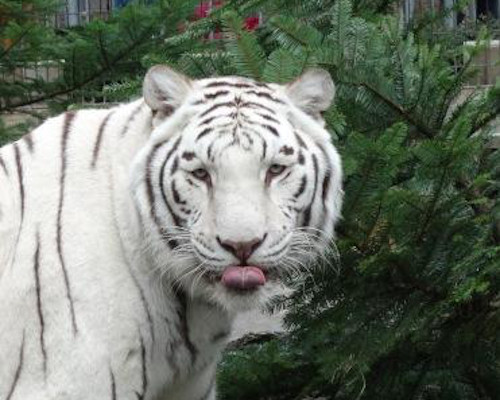
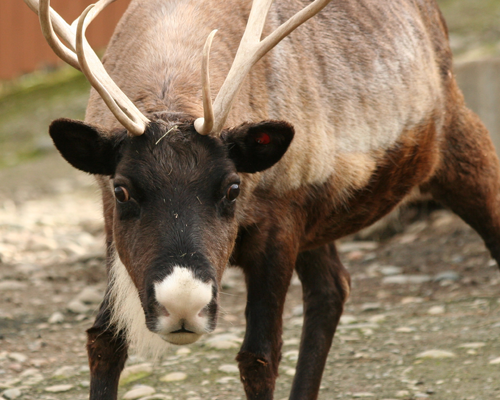
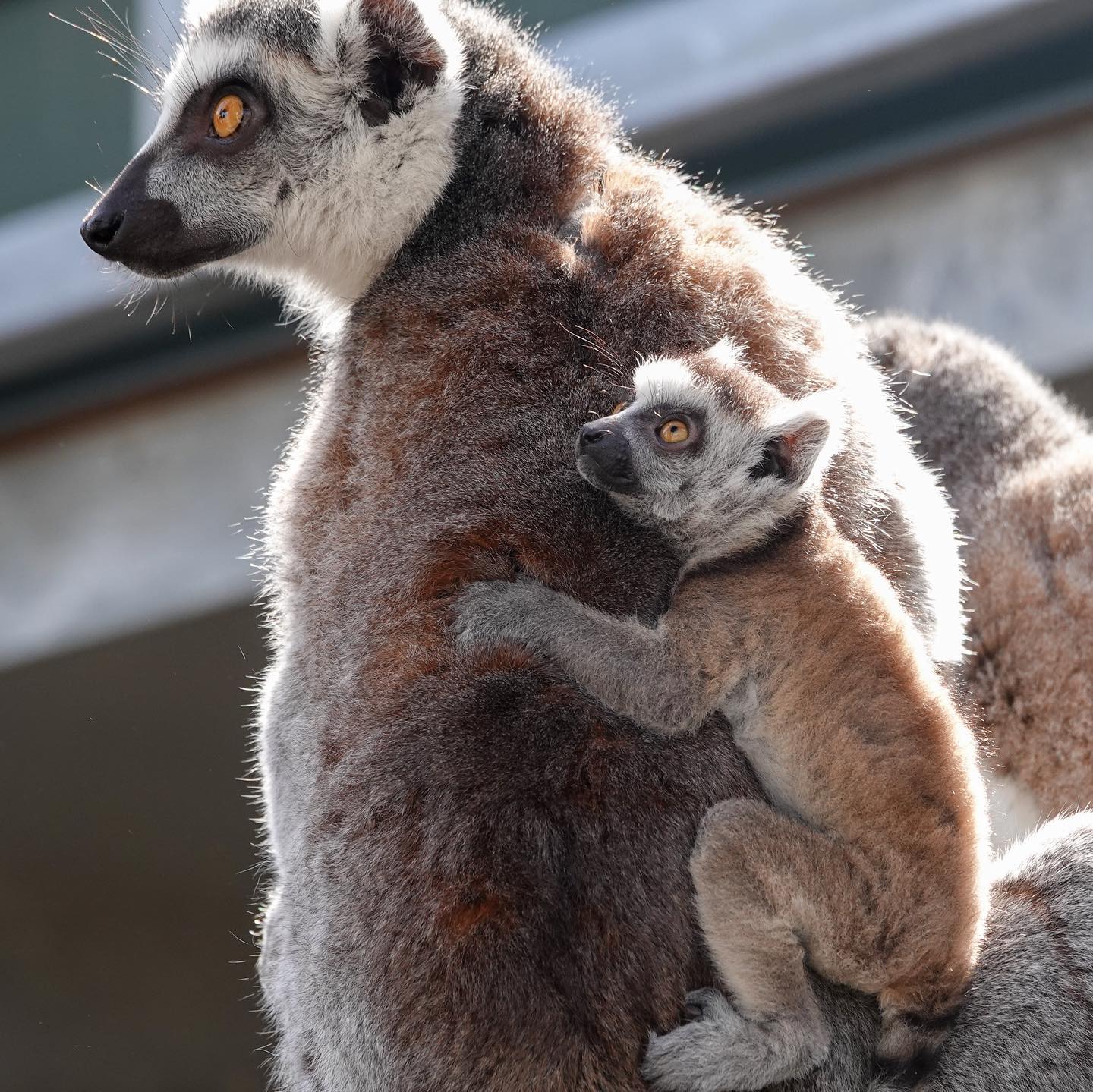


Have a great photo from the Zoo? You are welcome to submit it via email; info@cougarmountainzoo.org.
Space permitting, we might be able to use it in an upcoming Zoo Journal.
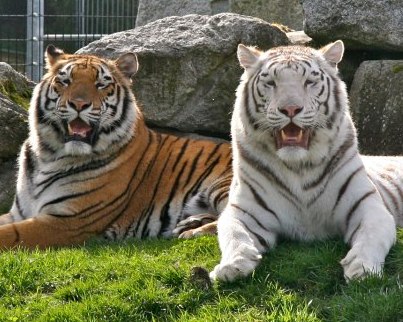
How can you help?
Through education, conservation and recreation, Cougar Mountain Zoo and the Zoological Society of Washington are dedicated to increasing the understanding and appreciation of the Earth’s wildlife and the important role of humanity in preserving the natural world.
So, come join us often:
1) in person
2) on the Zoo website
3) on social media
Other ways to help:
There are many ways you can help the Zoo expand and remain on the leading edge of excellence while you receive a number of benefits such as reduction in estate, gift and/or current income taxes.
Planned Giving Other Forms
* Charitable Bequest* Cash and In Kind Donations
* Charitable Gift Annuities* Stocks and Bonds
* Charitable Lead Trusts* Collections
* Pooled Income Fund* Sponsoring a Zoo Habitat
* Gifts of Life Insurance* Sponsoring Zoo Events
* Gifts of Real Estate* The Zoo’s Five Fundraising Programs
The Zoo’s Development Department will be happy to explain how planned giving and other donations can work for you.
Non-profit, tax-exempt, charitable 501(c)3 organization
Your contributions are tax deductible and Eligible for Employer Matching Gift Programs.
Volunteer & Internship Opportunities
- Volunteering and internships offer a chance to enrich your life through a better understanding of nature and the Earth’s rapidly vanishing wildlife.
- Develop special relationships with the animals and make new friends who share common interests.
- Gain valuable experience and interact with some of the most unique and endangered animals on planet Earth.
- Play an important role in promoting the natural world and conservation of wildlife.
New at the zoo

Ring Tailed Lemur – Nimeria with Mom, Gilly

Blue Throated Macaws – Beni and Cruz

Kookaburras- Titan, Nova & Atlas

Alpacas- Auggie, Cuzco & Sage

For Your Exciting Birthday Celebration the Zoo asks only for a small minimum donation of $190, which accommodates up to 10 people in your group, including one lucky Birthday person. For each additional person please add $17. Restrictions apply, for additional information email info@cougarmountainzoo.org
Zoo Members receive a 10% discount on Birthday Celebration packages!





